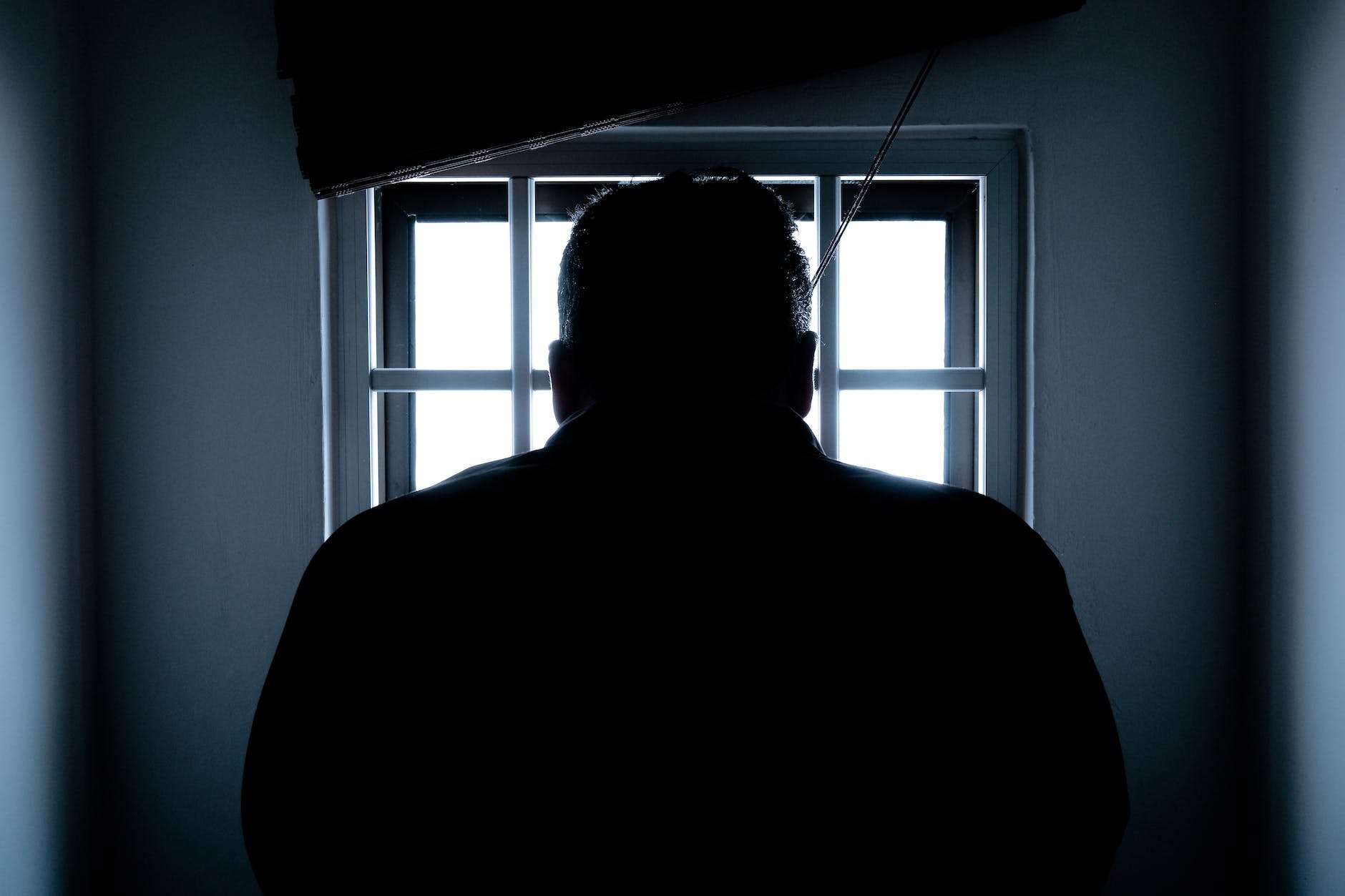
Second-Degree Murder charge Arizona: What does this mean for my situation?
What is Second-Degree Murder in Arizona?
Often referred to as a ‘lover’s crime,’ Second-Degree Murder is a very serious offense under Arizona laws. Second degree murder is a single offense that may be committed with any of three culpable mental states. Second-Degree Murder might be difficult to understand, especially for those outside the legal system and a court of law (given the similarities in many ways to manslaughter charges).
Although it may sound nebulous at first, what happens during a trial for this offense is the prosecution trying to prove the mindset of the defendant. They must successfully argue that the defendant acted knowingly, recklessly, and/or intentionally while committing homicide but crucially the act must not have been premeditated.
Manslaughter or Murder?
Reckless Manslaughter, also known as voluntary manslaughter, is defined as “recklessly causing the death of another” per A.R.S. § 13-1103(A)(1). This crime is a Class 2 Felony and could land a person and lengthy prison sentence.
But, how does this differ from Second-Degree Murder? This distinction is made when looking at several factors. To best understand the difference let’s go over what Second-Degree Murder is defined as. Per A.R.S. § 13-1104 this offense is generally defined as “Without premeditation (length of time to permit reflection), causing the death of another. (Includes an unborn child, with exception).” ‘Generally’ is stressed because these cases fall under 3 mindsets; intentional, knowing, and/or recklessness. These three definitions are given below
Intentional Second-Degree Murder:
- “Without premeditation (length of time to permit reflection), intentionally causing the death of another. (Includes an unborn child, with exception).”
Difference between Premeditated 1st Degree Murder and Intentional or Knowing 2nd Degree Murder:
While there may not appear to be a great difference between premeditated first degree murder and intentional or knowing second degree murder, and while the distinction between the two may be difficult to apply, there still exists a perceptible measure of difference in that premeditation must precede the killing ‘by a length of time to permit reflection. . . . it is this period of reflection, regardless of the length of time of the reflection, which distinguishes first degree murder from intentional or knowing second degree murder.’”
Some lesser included offenses your attorney or the state could ask for at trial include:
- Generally, Aggravated Assault under
A.R.S. § 13-1204(A)(1) is a lesser if evidence that defendant’s conduct was not the proximate cause of victim’s death.
- Facilitation is NOT a lesser of 2nd Degree Murder. State v. Gooch, 139 Ariz. 365, 367 (1984).
- Provocation Manslaughter is NOT TECHNICALLY a lesser to Intentional, Knowing, or Reckless 2nd Degree Murder, BUT The court should give the instruction if supported by the evidence because Provocation Manslaughter provides lesser punishment than 2nd Degree Murder, even though the jury has to find one additional element beyond 2nd Degree Murder in finding Provocation Manslaughter
Knowing Second-Degree Murder:
- “Without premeditation (length of time to permit reflection), knowing that conduct will cause death or serious physical injury, does cause the death of another. (Includes an unborn child, with exception).”
- Lessers:
- Reckless Manslaughter is a lesser of Knowing 2nd Degree Murder.
- Generally, Aggravated Assault under 1204(A)(1) is a lesser if evidence that defendant’s conduct was not the proximate cause of victim’s death.
- Facilitation is NOT a lesser of 2nd Degree Murder.
- Provocation Manslaughter is NOT TECHNICALLY a lesser to Intentional, Knowing, or Reckless 2nd Degree Murder, BUT
- The court should give the instruction if supported by the evidence because Provocation Manslaughter provides lesser punishment than 2nd Degree Murder, even though the jury has to find one additional element beyond 2nd Degree Murder in finding Provocation Manslaughter.
Reckless Second-Degree Murder:
- “Recklessly engaging in conduct that creates a grave risk of death, and indeed causes the death of another (including unborn child, with exception), under circumstances manifesting extreme indifference to human life.”
The big difference between manslaughter and Reckless Second-Degree Murder is the “grave risk of death” that “extreme indifference to human life” can cause. Second-Degree Murder could land a person 10-25 years in prison depending on certain factors. Reckless Manslaughter is a lesser charge and thus has slightly less severe consequences.
- Lessers:
- Manslaughter is a lesser of Reckless 2nd Degree Murder.
- Reckless driving can be a lesser of Reckless 2nd Degree Murder, depending on the language of the indictment.
see also
- Generally, Aggravated Assault under
A.R.S. § 13-1204(A)(1) is a lesser if evidence that defendant’s conduct was not the proximate cause of victim’s death.
- Facilitation is NOT a lesser of 2nd Degree Murder.
- Provocation Manslaughter is NOT TECHNICALLY a lesser to Intentional, Knowing, or Reckless 2nd Degree Murder, BUT
- The court should give the instruction if supported by the evidence because Provocation Manslaughter provides lesser punishment than 2nd Degree Murder, even though the jury has to find one additional element beyond 2nd Degree Murder in finding Provocation Manslaughter.
- Punishment Ranges: see “Second Degree Murder, generally” above.
- NB: Dangerous offenses pursuant to A.R.S. § 13-704
- Watch out for analysis of whether Reckless Second Degree Murder is a dangerous offense. (possible jury could have concluded defendant committed reckless second degree murder in a way that “would not necessarily include a finding of knowingly or intentionally causing serious physical injury pursuant to
A.R.S. § 13–604(K) [now
A.R.S. § 13-704] and it would have been necessary, therefore, for the jury to make a separate, specific finding on the allegation of dangerousness”).
- Watch out for analysis of whether Reckless Second Degree Murder is a dangerous offense. (possible jury could have concluded defendant committed reckless second degree murder in a way that “would not necessarily include a finding of knowingly or intentionally causing serious physical injury pursuant to
- NB: Dangerous offenses pursuant to A.R.S. § 13-704
Sentencing Enhancements
There are certain sentencing enhancements specific to Second Degree Murder:
- DCAC (Dangerous crime against children):
A.R.S. § 13-705(B) [Second Degree Murder DCAC, victim under 12 = may be sentenced to life with no release until 35 years];
A.R.S. § 13-705(C), (I) [Second Degree Murder DCAC, victim 12, 13, 14 = 13—20—27 or, if one predicate = 23—30—37, or if two+ predicates = life with no release until 35 years];
- Any DCAC count must be served consecutively to any other sentence at any other time.
A.R.S. § 13-705(M).
- See also
A.R.S. §§ 13-751(H), (I); § 705(N) (treat unborn child as if under 12).
- Note: Only Second Degree Murder and Attempted First Degree Murder can be DCAC offenses.
A.R.S. § 13-705(P).
- Other potentially applicable sentencing enhancements not specific to Second Degree Murder
(see enhancements below):
- Dangerous (*may not apply to Reckless Second Degree Murder*);
- Serious Offense
- See commentary above for help determining whether a defendant can be sentenced pursuant to the violent or aggravated felony enhancement
- On-release;
- School zone;
- Criminal street gang;
- Human smuggling; and
- Domestic violence.
Contact Us Today
If you or someone you know is facing a Second-Degree Murder charge in Arizona, contact us today! The Litwak Law team can help you fight these charges and create a strategy for your defense.
You have rights; don’t forget it.




